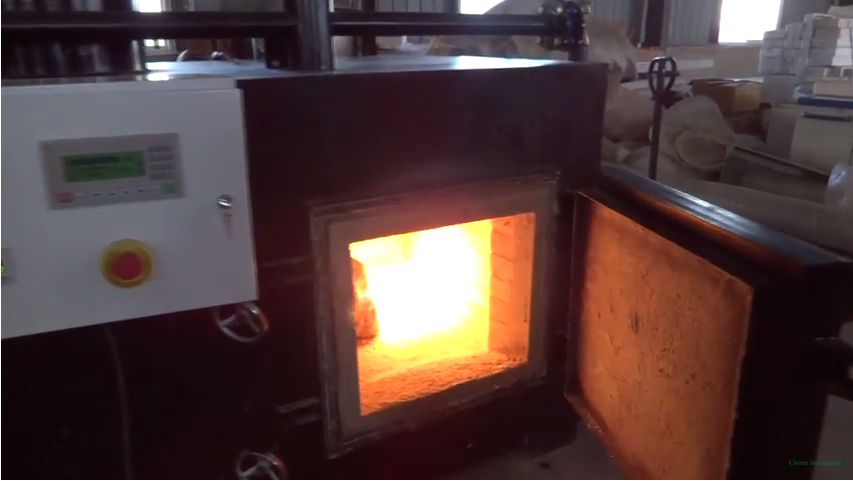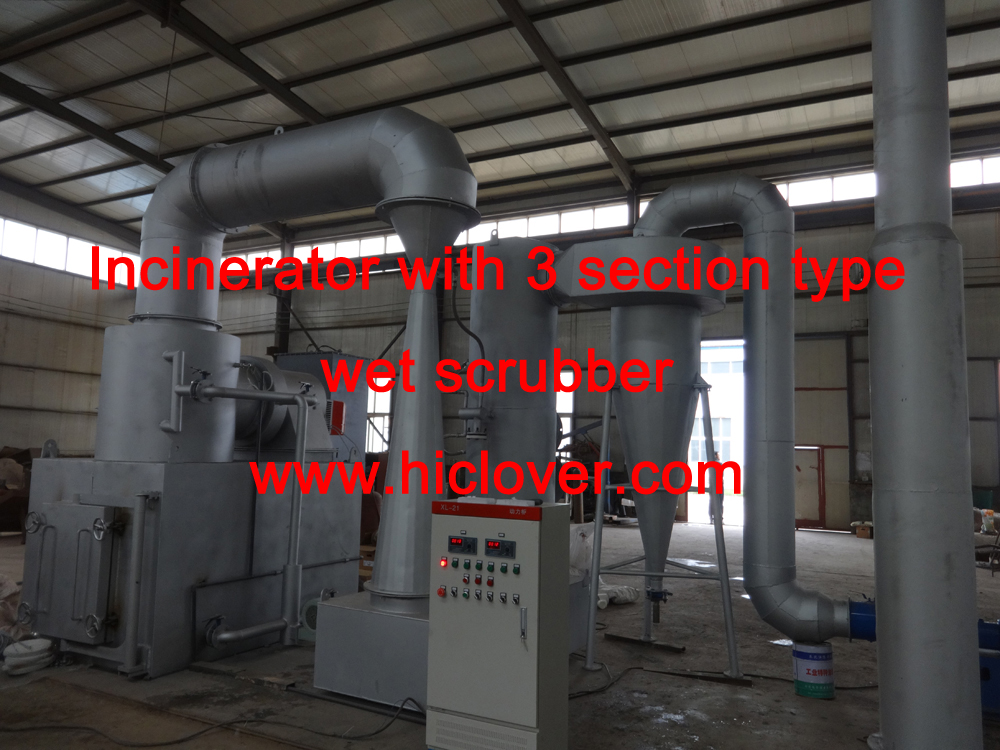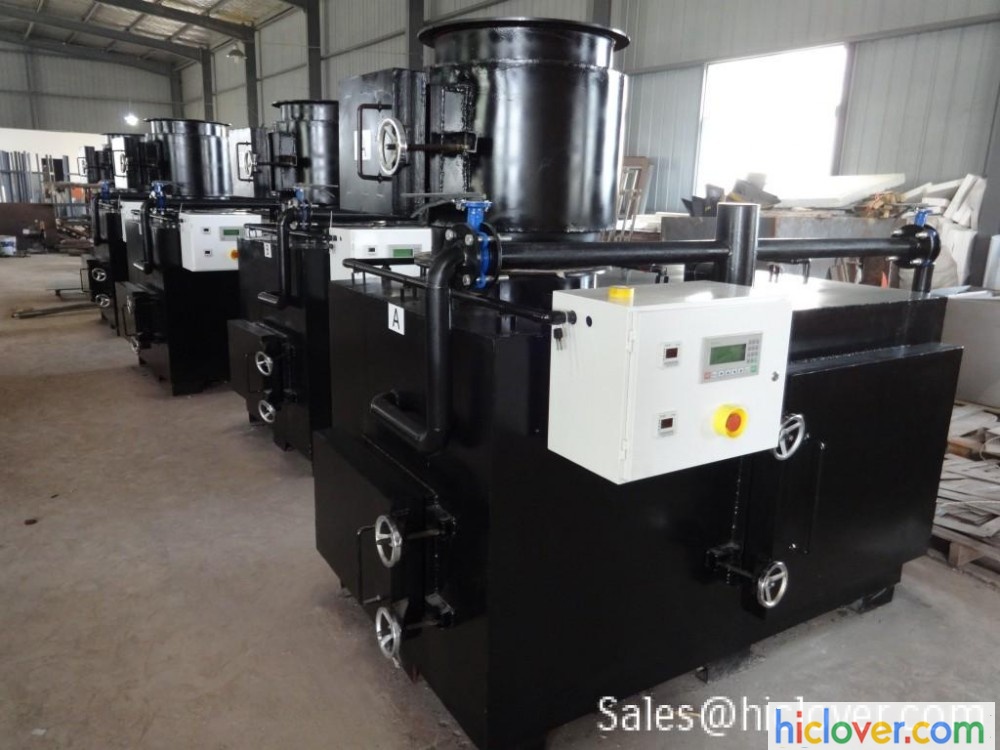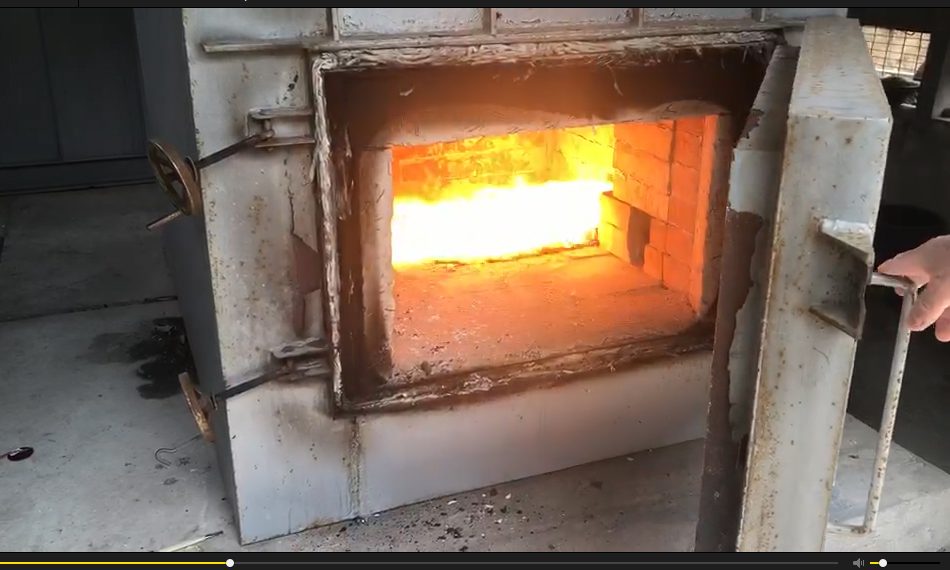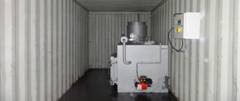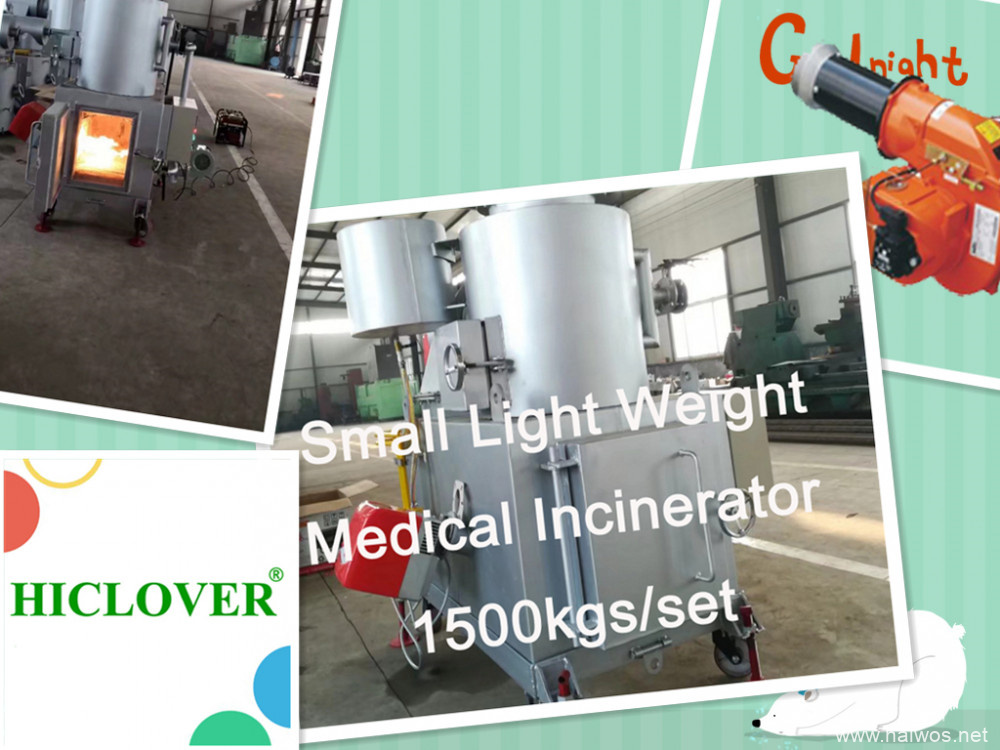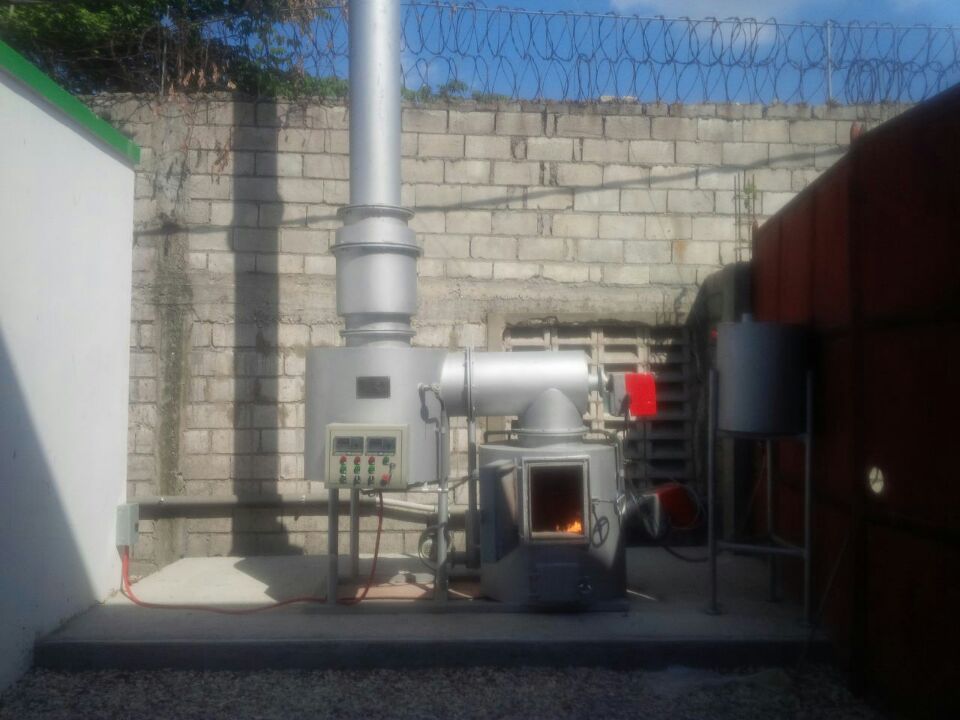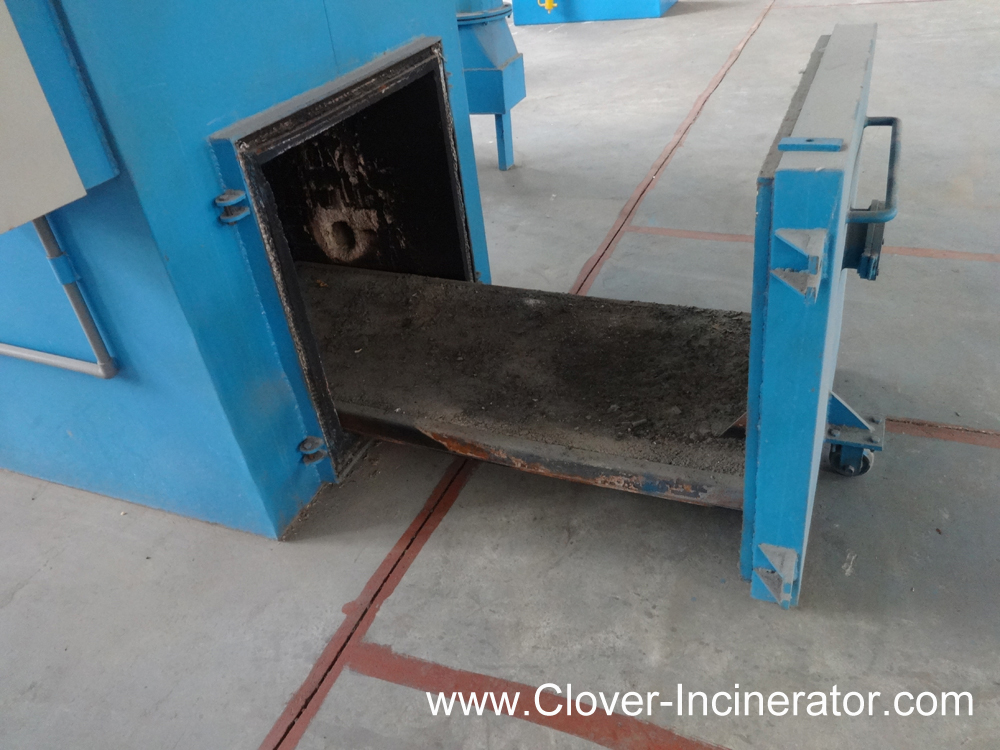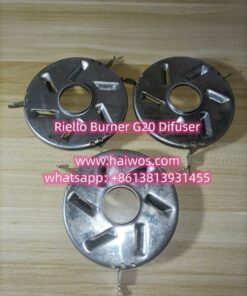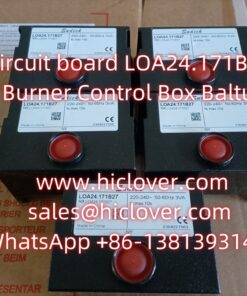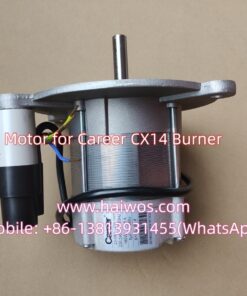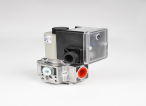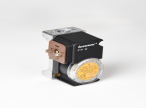Functional Capacities PROCESS MINIMUM 1 TON PER DAY OPERATED WITH LIMITED TRAINING REGULAR MAINTENANCE CAN BE […]
Industrial Incinerators for Non-Hazardous Solid Waste Management Proper waste management is a critical concern globally, particularly […]
HICLOVER, Nanjing Clover Medical Technology Co.,Ltd, supply system solutions for medical environmental protection, animal and pet […]
Items/Model TS30(PLC) TS50(PLC) Burn Rate 30 kg/hour 50 kg/hour Feed Capacity 60kg 100kg Control Mode PLC […]
What is the main advantage of incineration? Incineration plays a vital role in making waste management easier and more efficient. Incineration can burn up to 90% of the total waste generated and sometimes even more. However, landfills only allow organic decomposition without making much difference, and non-organic waste keeps accumulating. What materials can be incinerated? A material commonly associated with waste incineration is municipal solid waste (MSW). This type of waste is typically general waste such as household waste, food waste, cardboard, and paper. All of these are safe to incinerate. What are the types of waste? There are 5 types of waste, do you know them all? Liquid Waste. Liquid waste is commonly found both in households as well as in industries. … Solid Rubbish. Solid rubbish can include a variety of items found in your household along with commercial and industrial locations. … Organic Waste. … Recyclable Rubbish. … Hazardous Waste. […]
Primary Burning Chamber Waste Charging Door: Given with refractory cellular lining with securing gaskets Ash Eliminated […]
The temperature is over the minimum and under the maximum required temperature (e.g 1150?C) of the […]
Oil tank with 2000Liters capacity Items/Model TS150( PLC) Image Principle Waste Incineration Therapy Burn Rate Requirement […]
Containerized Incinerator is one type of mobile incinerator. we build the incinerator and mounted the incinerator […]
The switchboard shall operate in a room with the following prevailing conditions: – Maximum ambient […]
Hazardous Waste Incineration – Reflects ongoing concerns about the management of hazardous materials and increasing regulatory scrutiny. Waste Management Solutions – As environmental concerns grow, there’s an increasing focus on innovative waste management technologies, including containerized incinerators. EPA Regulations – With the EPA’s involvement in addressing backlogs and capacity issues for hazardous waste incineration, this term is frequently searched to understand compliance and regulatory changes. Incineration Capacity – Due to previous backlogs and the ongoing challenge of scheduling waste for incineration, there’s a notable interest in the available capacity of incinerators. Green Technology – The push towards sustainability has made green incineration technologies, including more efficient and less polluting containerized units, a hot topic. Mobile Incineration – The flexibility and portability of containerized incinerators make this an area of interest, especially where permanent facilities are not feasible or during emergencies. Waste-to-Energy – There’s a trend towards discussing how waste, including through incineration, can be converted into energy, highlighting the dual benefits of waste management and energy production. Environmental Compliance – With stricter environmental regulations, there’s a focus on how containerized incinerators can meet these standards. […]
The generator of a waste is responsible for its safe management from cradle-to-grave. Using raw materials […]
HICLOVER – Medical Environmental Model YD-30 (Custom Edition) Picture Burning Rate average 30 kgs/hour Feed Capacity average […]
The incinerator shall be equipped with water injection nozzle connection. If the temperature in the primary […]
i- burners: use diesel , natural gas , liquefied petroleum gases according to standards burners should […]
